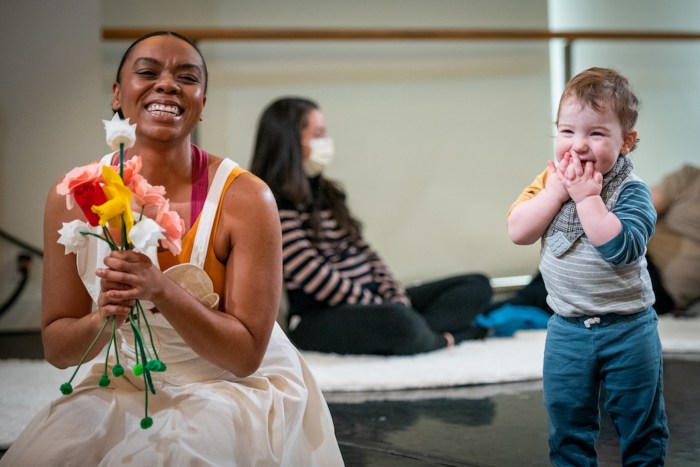Terri Cude and Martin Tessler
For the Community Action Alliance on N.Y.U. 2031 (CAAN or Community Alliance), progress has come in the form of uniting more than 30 community groups — representing more than 10,000 families — against a proposed, overwhelming incursion into an already densely developed residential area.
CAAN includes representatives from individual buildings, community groups, block associations, a historic preservation society, an umbrella group of additional block associations and multiple political clubs. These groups have chosen to form an alliance against the effects that New York University doubling its rate of spatial growth and adding 3 million square feet in what N.Y.U. terms “their” neighborhood will have on residents, merchants and visitors throughout Greenwich Village and surrounding area. The alliance maintains a Web site at CAAN2031.org and a CAAN 2031 Facebook page.
More than 2 million square feet of N.Y.U.’s proposed development is slated for an area known as the “superblocks,” and another million in yet-to-be determined locations somewhere in the Village. Clearly, years of construction disruptions, new buildings in an area already at or above allowable density, loss of sunlight, air, trees and amenities, and an influx of thousands of students, faculty, support staff and more in this concentrated area will irrevocably destroy the quality of life and the character of the area.
CAAN members note that N.Y.U. already has turned too much of Greenwich Village into the university’s campus rather than the historic neighborhood it should remain, and that better alternatives for N.Y.U. expansion, such as the Financial District, must be pursued instead.
Rather than stand against any N.Y.U. growth, CAAN has taken some specific positions: that the city-owned open parkland strips on the superblocks must be retained as street-side, public-owned open space; that rezoning the area to allow greater density is unacceptable and inappropriate; and that N.Y.U.’s agreement to refrain from adding new structures until 40 years after the last urban renewal element was completed (Coles Sports Center in 1981) must be adhered to.
There are clear reasons for these three positions.
First, N.Y.U. has an abysmal record of maintaining public open space. For an example, visit the sunken and locked children’s playground and dangerously broken reflecting garden on Mercer St. between Houston and Bleecker Sts. Conversely, the community has an excellent record of maintaining public open space and amenities, such as the LaGuardia Community Garden, Mercer Playground, LaGuardia Park and Mercer-Houston Dog Run.
Also, the privately owned, publicly accessible open space — between the Washington Square Village buildings and between the proposed “Space Mountain/boomerang” buildings — that N.Y.U. claims it will “give” to the community is already privately owned, publicly accessible open space, including what N.Y.U.’s own Web site calls “the exceedingly popular playground and garden area located in the interior courtyard.”
Street-side, city-owned, open space is more accessible and desirable than privately owned, open space that is situated between and shadowed and hidden by existing and new buildings.
In addition, “tower-in-the-park” design provided for higher buildings in return for more open space; building on that open space defeats the intent of Le Corbusier’s paradigm and I.M. Pei’s landmarked complex.
And increasing the zoning to a higher level as a response to already being at or over allowable density defeats the intent of the zoning code.
The zoning being requested in N.Y.U.’s 2031 Plan for the superblocks is geared for Midtown development and not designed for a residential Village.
The area east of Washington Square Park does not need additional retail since there are dozens of empty stores throughout the area, with a major retail thoroughfare already on Broadway. This area should also not undergo a zoning change.
Appropriate zoning and sites for what N.Y.U. seeks to build are available within walking distance or a quick two-stop subway trip away. N.Y.U. is desired and vitally needed in these nearby locations, such as the Financial District, which has already invited the university to build Downtown.
Other concerns include the uses of the proposed new structures. In just two superblocks within a residential neighborhood, N.Y.U. is proposing to add: a hotel, two dormitories with a combined total of more than 1,200 student beds, conference space, faculty residences, new retail stores and a replacement supermarket, departmental and faculty offices, a gymnasium and space for the public school that the university has been promising the area since at least 1960.
The Community Action Alliance on N.Y.U. 2031 stands united in the hope that our elected and appointed officials recognize that Greenwich Village is already oversaturated with N.Y.U. buildings, and that adding yet more campus elements threatens this world-famous area’s historic character. We appreciate that N.Y.U. seeks to increase its facilities and note that sites where N.Y.U. is welcome and needed are available very close by in the Financial District, which strongly supports N.Y.U.’s growth there, as does CAAN.
Cude and Tessler are co-chairpersons, Community Action Alliance on N.Y.U. 2031





































